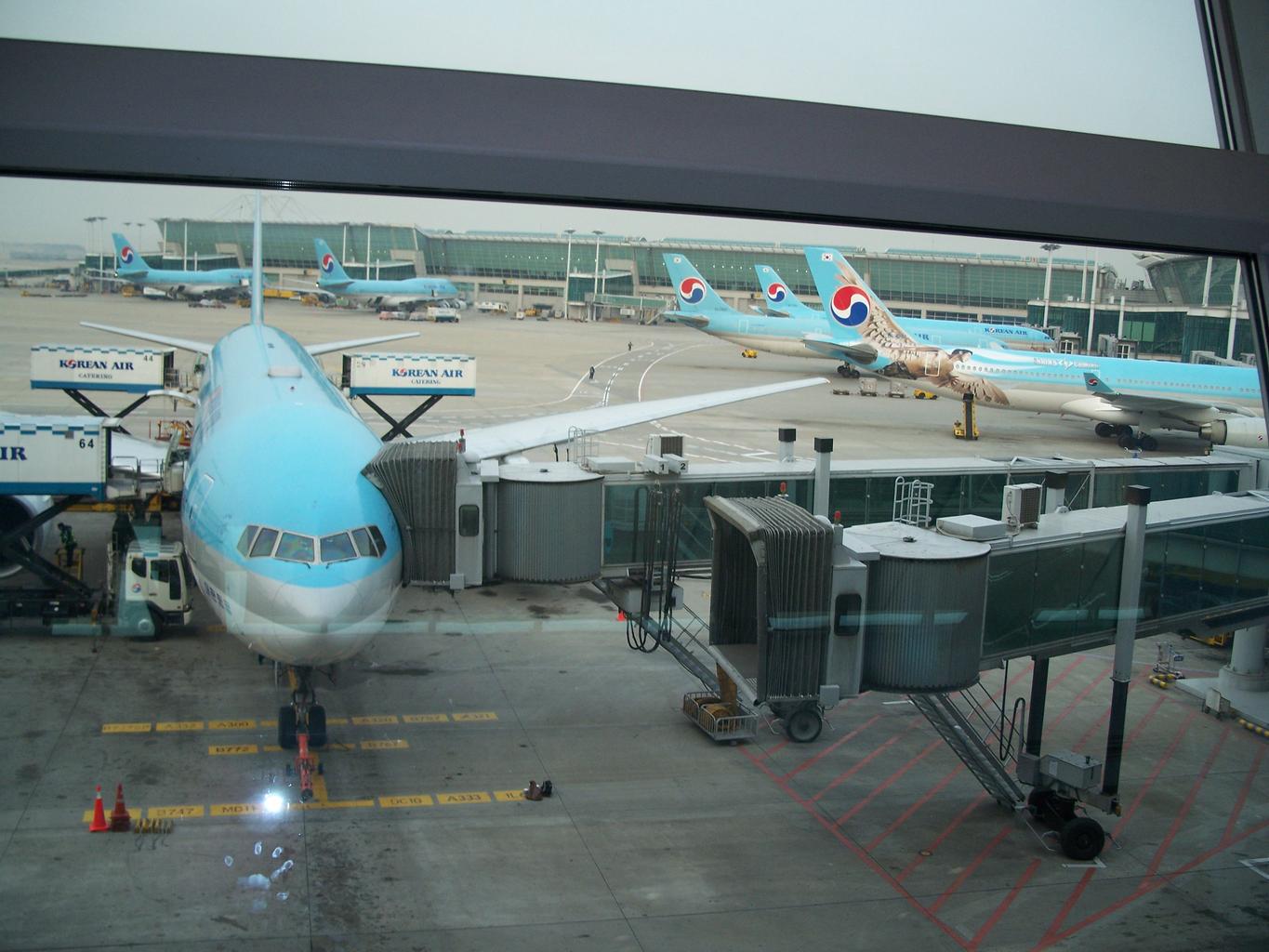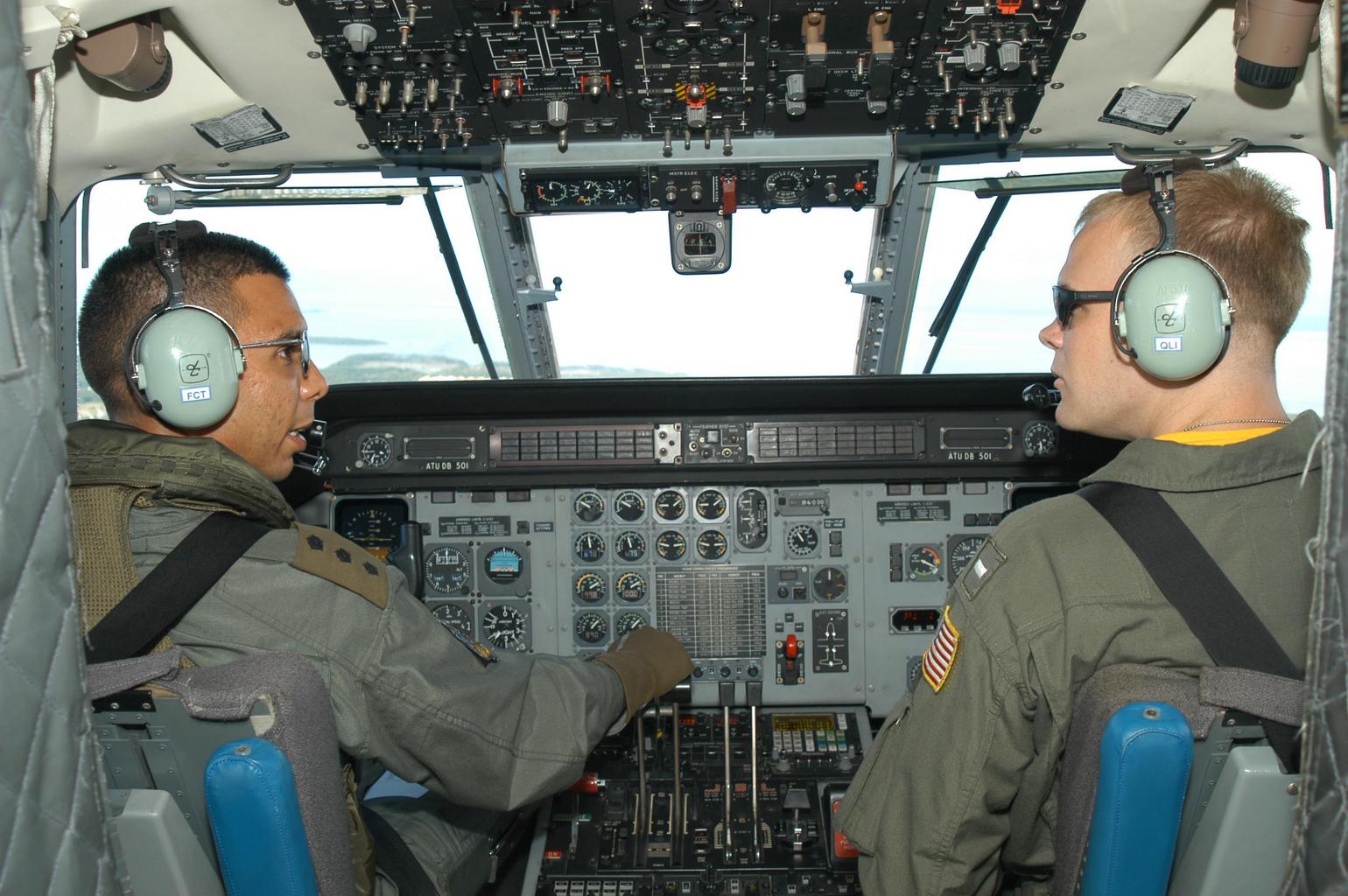Delta to keep social distancing onboard until customer 'confidence' returns This post contains references to products from one or more of our advertisers. We may receive compensation when you click on links to those products. Terms apply to the offers listed on this page. For an explanation of our Advertising Policy, visit this page. Delta Air Lines is in no hurry to lift social distancing rules on its flights during the coronavirus pandemic, extending a cap on the number of passengers on any given flight through September. The Atlanta-based carrier will limit the number of travelers on its planes at 60% of economy seats, 50% of first class seats and 75% of Delta One suites through Sept. 30, Delta said on Wednesday. The caps allow Delta to block all middle seats on its flights. "[Then] we'll reevaluate, if we gradually lift it at that point we'll see how the consumer confidence has grown at that point," Delta CEO Ed Bastian said of the cap expiration at the end of September during a Business Travel News (BTN) webinar on Wednesday. Sept. 30 is also the day that coronavirus aid package, or CARES Act, restrictions on airlines lift. Airlines are taking different approaches to problem of how to keep travelers and crew safe from the coronavirus onboard planes. American Airlines and United Airlines are not assigning middle seats at booking but will fill them with flyers if a flight is full. On the other hand, Southwest Airlines that offers open seating on all of is flights has capped the number of travelers that can be booked on any given flight. "You can't be six feet apart on an airplane, middle seat or not," United CEO Scott Kirby said at an investor conference on May 28. "What makes an airplane safe is HEPA air filters, wearing a mask onboard an airplane, cleaning an airplane - those are the things that make an airplane safe." Blocked middle seats have, effectively, become a COVID-19 marketing tool that airlines are using to try and encourage wary travelers to take to the skies again. The break between airlines on onboard social distancing measures comes as the number of people flying in the U.S. creeps up. The Transportation Security Administration (TSA) screened 353,261 people on June 1, the highest number since the beginning of the crisis in March. However, the number remains below 15% of the people screened on the same day last year. In addition, the average number of passengers on U.S. domestic flights hit 54 during the week ending May 31, according to trade group Airlines for America (A4A). The number bottomed out below 10 people per flight in April. Delta's flights are averaging 46% to 48% full, Bastian told BTN. This is prompting the airline to add back several hundred domestic flights in June and July so that it can continue to block middle seats on all flights. Not all is rosy. Delta still expects a recovery to take two- to three years, with domestic travel leading the way, Bastian said. The airline has retired its McDonnell Douglas MD-88s and MD-90s, and will retire its Boeing 777s, in preparation for a smaller market for the next few years. As flights do come back, Delta plans to restore its core hubs in Atlanta (ATL), Detroit (DTW), Minneapolis/St. Paul (MSP) and Salt Lake City (SLC) first. Its coastal hubs in Boston (BOS), Los Angeles (LAX), New York John F. Kennedy (JFK) and LaGuardia (LGA), and Seattle (SEA) will return at a slower pace. "I don't see international recovering in any meaningful way in at least 12 months," said Bastian. The focus, at least initially, will be on connecting Delta hubs to partner hubs abroad. Bastian did not comment on the U.S. decision to bar Chinese carriers from operating scheduled passenger flights to the country beginning June 16. The move followed the failure of the Chinese government to authorize Delta and United Airlines to resume flights to Beijing and Shanghai in June. |
Canada to require most
airport workers, flight crews to wear masks
OTTAWA (Reuters) - Canada will require most airport workers and flight crews to wear non-medical masks from June 4, but pilots will be exempt while they are on the flight deck, Transport Minister Marc Garneau said on Wednesday. Airline passengers have been required to wear face coverings since April. Garneau, asked why masks for transport staff were imposed more than a month after passengers, acknowledged the new measures could have been done "a little sooner", but said organizing the new rules and consulting with all affected industry took time. "The measures we are putting in place today will further reduce the risk of transmission of COVID-19 for transportation workers and passengers," he said, referring to the disease caused by the novel coronavirus. Maritime and rail workers will be provided masks, while rail passengers will be asked to have one at hand in case they are not able to physically distance, Garneau said. In Canada, there have been no broad requirements to wear a mask in public, but on May 20 it was recommended for people who could not maintain physical distancing. Canada's coronavirus deaths rose less than 1% to 7,414 on Wednesday from a day earlier, official data showed. The plan laid out by the International Air Transport Association (IATA) and Airports Council International last month to reassure governments it is safe for the public to fly included contact tracing, temperature screening, social distancing, extra cleaning and the wearing of masks. |
IBAC and GAMA Welcome
ICAO Work on Aviation Challenges Related to the Global Pandemic
International Business Aviation Council (IBAC)  The International Business Aviation Council (IBAC) and the General Aviation Manufacturers Association (GAMA) welcome the report of the Council Aviation Recovery Task Force (CART) released by the International Civil Aviation Organization (ICAO). The report outlines principles and recommendations regarding the restart and recovery of the global air transport system following the COVID-19 pandemic. CART's work will facilitate coordination among the ICAO Member States, international and regional organizations, including IBAC, and industry by providing global guidance for a safe, secure, and sustainable restart and recovery of the aviation sector. Kurt Edwards, IBAC Director General, said, "We commend ICAO and the task force for developing these principles and recommendations to assist the restart and recovery of the air transport system. Although the report speaks mainly to scheduled air transport and large airports, we at IBAC, representing business aircraft operators, are pleased to note the report's support for protecting people, working as one aviation system, ensuring essential connectivity, and strengthening public confidence using public health measures that work with the aviation system." Edwards underscored IBAC's efforts in a closely related initiative at ICAO, the Collaborative Arrangement for the Prevention and Management of Public Health Events in Civil Aviation (CAPSCA), which links ICAO, the World Health Organization (WHO), other United Nations agencies and industry in developing coordinated, practical approaches to operating under the current challenges. "We continue to work with ICAO in other ways," said Edwards. "Through CAPSCA, we have expanded the concept of the Public Health Corridor (PHC) to include some critical operational needs of the business aviation sector, such as ferry flights, maintenance flights, and delivery flights to public sector owners. These are the types of operations that cannot be delayed and can be managed within the envelope of confidence provided by the PHC concept." GAMA provided important information to support the expansion of the PHC concept. GAMA President and CEO, Pete Bunce, said, "We applaud the ICAO Council Aviation Recovery Task Force for its work to put forth guidelines and recommendations addressing the impacts of the COVID-19 pandemic on global aviation. General and business aviation is working concurrently with similar health and safety protocols and appreciative of the progress being made on Public Health Corridors. It is crucial that all sectors of the aviation industry work together to progress through the recovery process," added Bunce. The CART report can be found here. |





Ingen kommentarer:
Legg inn en kommentar
Merk: Bare medlemmer av denne bloggen kan legge inn en kommentar.